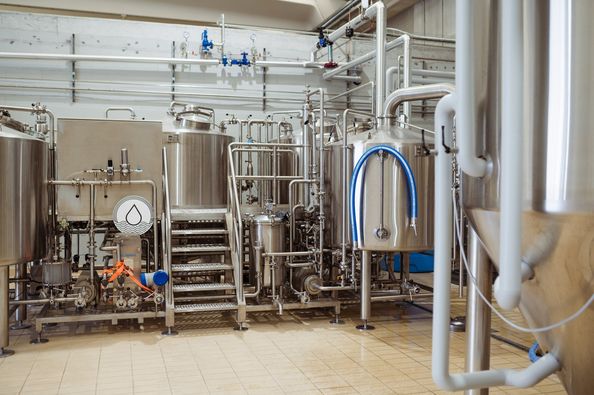Steel Conical Fermenter
Overview of Steel Conical Fermenters
Steel conical fermenters have revolutionized the brewing industry, offering efficiency, precision, and hygiene. Whether you’re a homebrewer exploring advanced techniques or a professional brewery scaling operations, these fermenters are your best friend. Why? Because their unique conical shape allows for easy yeast collection and separation, and their stainless-steel construction ensures durability and cleanliness.
Imagine brewing with a system that not only improves flavor consistency but also simplifies your workflow. A steel conical fermenter is precisely that tool. This guide unpacks everything you need to know—from troubleshooting issues to comparing features and choosing the right supplier.
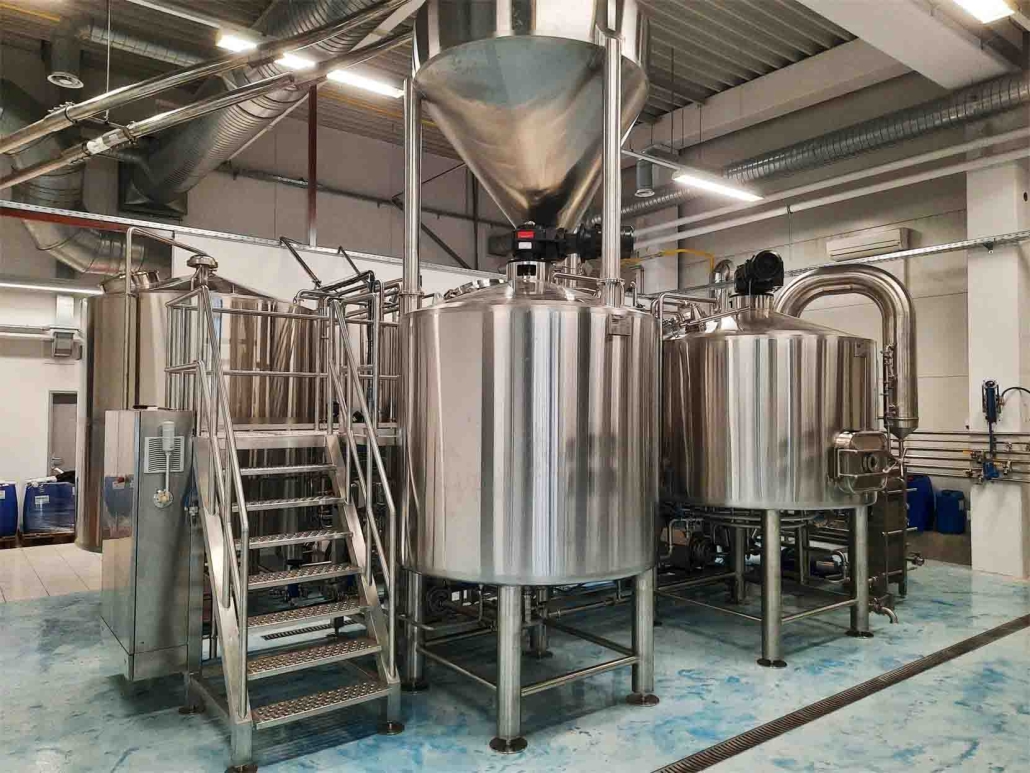
Troubleshooting Common Issues with Steel Conical Fermenters
Even the best equipment can have hiccups. Let’s troubleshoot some common issues:
- Leakage Around Seals If you notice leaks, check the gasket or O-rings for wear and tear. Stainless steel fermenters often come with silicone seals, but over time, they may degrade. Replacing these regularly avoids such issues.
- Temperature Fluctuations Precise fermentation needs controlled temperatures. Ensure the fermenter’s built-in cooling jackets or temperature controllers are functioning properly. If not, inspect the connections and clean any clogged lines.
- Stuck Fermentation If fermentation slows or stops unexpectedly, check the yeast health and nutrient levels. Steel fermenters often come with sample ports, making it easy to analyze the wort and address issues promptly.
- Clogged Bottom Valve Sediment buildup can clog the bottom valve. Regularly purge sediment and clean the valve after each brew.
Brewing Process Using a Steel Conical Fermenter
The brewing process becomes more streamlined with a steel conical fermenter:
- Primary Fermentation: Once you’ve transferred the wort into the fermenter, yeast is added. The conical design allows trub and sediment to settle at the bottom, separating clean beer from debris.
- Yeast Harvesting: The cone-shaped bottom is perfect for collecting yeast after fermentation. Brewers can reuse this yeast for future batches, saving costs and maintaining consistency.
- Secondary Fermentation: Want to age your beer or add flavors? A steel conical fermenter lets you perform secondary fermentation without transferring the beer to another vessel.
- Cleaning: Integrated spray balls and smooth surfaces make cleaning a breeze. With proper sanitization, your fermenter stays free of contaminants.
Specifications and Features
Capacity, Spaces, Design, and Customization
| Feature | Details |
|---|---|
| Capacity | Available in sizes from 1 gallon (homebrewing) to 100+ gallons (commercial brewing). |
| Space Efficiency | Vertical design saves floor space; ideal for breweries with limited areas. |
| Material Design | Constructed with food-grade 304 or 316 stainless steel; corrosion-resistant and easy to sanitize. |
| Customization | Options include cooling jackets, pressure gauges, sampling ports, and sight glasses. |
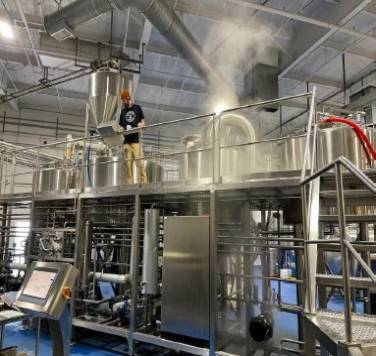
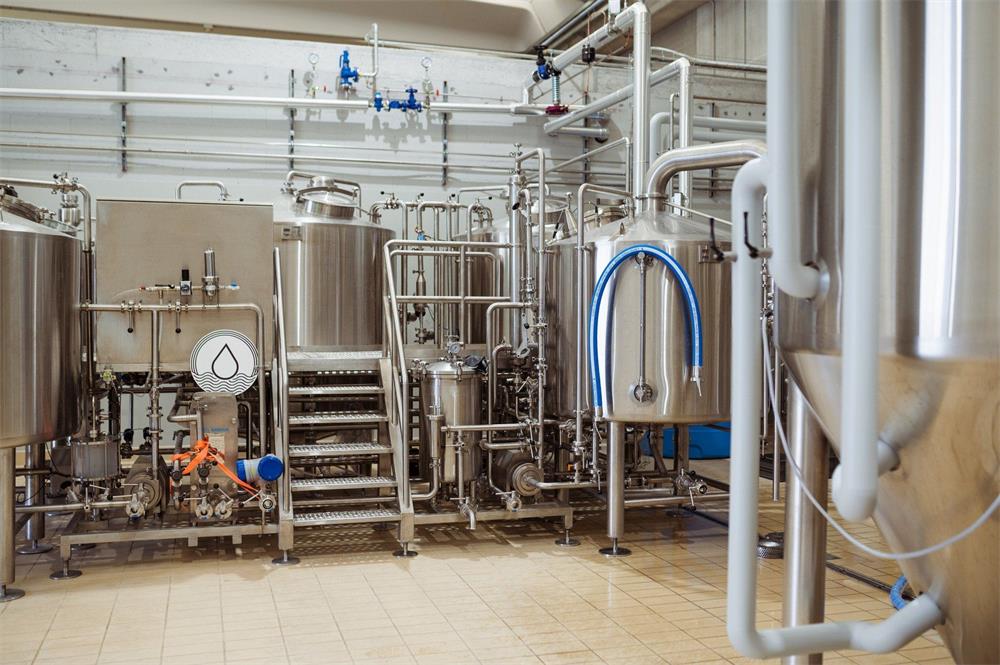
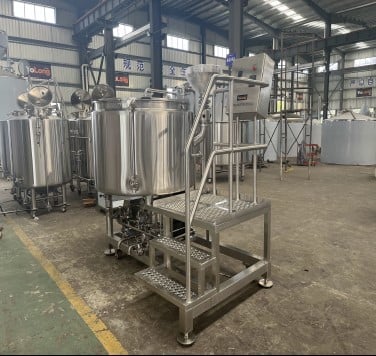
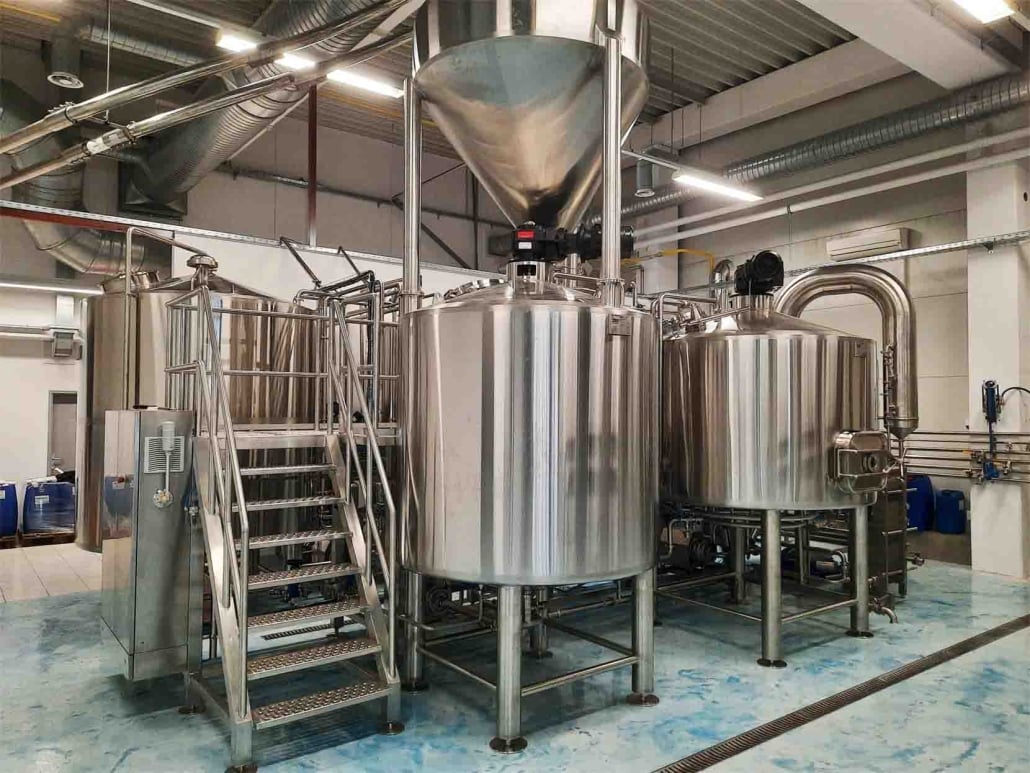
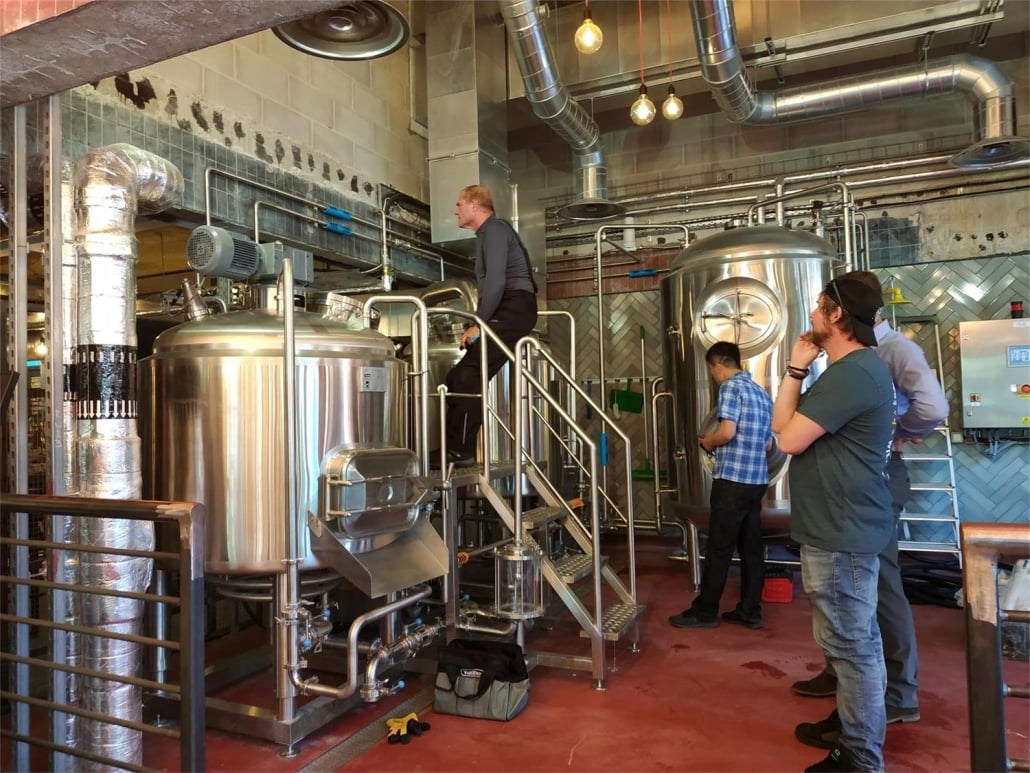
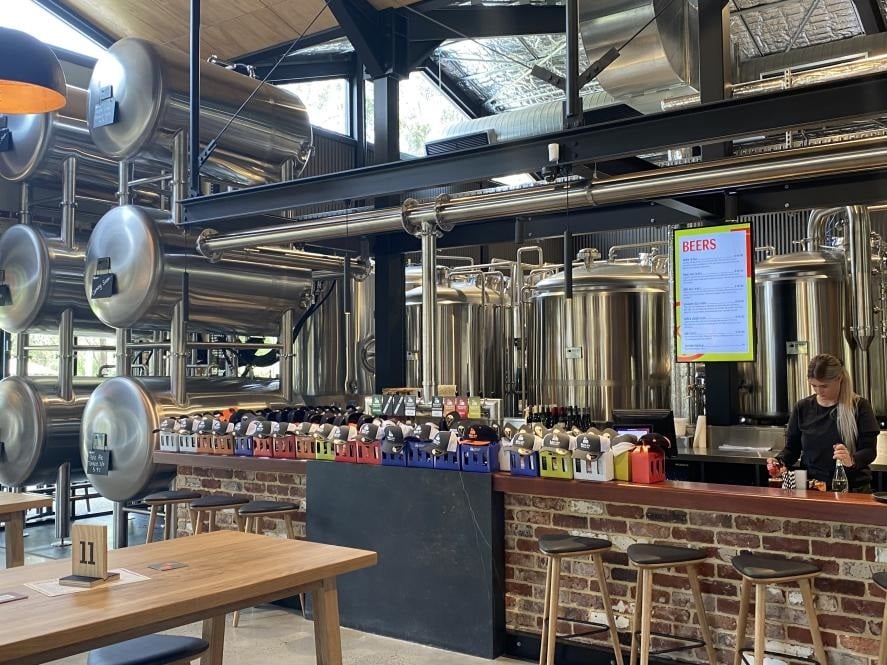
Suppliers and Price Range
| Supplier | Price Range | Special Features |
|---|---|---|
| SS Brewtech | $200 – $5,000 | Known for premium build quality and advanced cooling features. |
| Blichmann Engineering | $250 – $4,500 | Offers highly customizable fermenters with precision temperature controls. |
| Spike Brewing | $300 – $6,000 | Provides sturdy designs and a wide range of sizes, ideal for home and commercial brewers alike. |
Installation, Operation, and Maintenance
| Aspect | Details |
|---|---|
| Installation | Ensure a flat, stable surface. Connect cooling lines if applicable. Secure all fittings. |
| Operation | Follow standard brewing protocols. Use integrated ports for temperature monitoring and sampling. |
| Maintenance | Clean thoroughly after each batch. Use recommended cleaning agents to prevent residue buildup. |
How to Choose the Right Supplier
| Criteria | Considerations |
|---|---|
| Reputation | Check reviews and testimonials from other brewers. |
| Customization Options | Ensure the supplier offers features suited to your brewing style. |
| Price and Warranty | Compare prices and look for warranties that cover manufacturing defects. |
| Customer Support | Opt for suppliers with responsive customer service for troubleshooting and spare parts. |
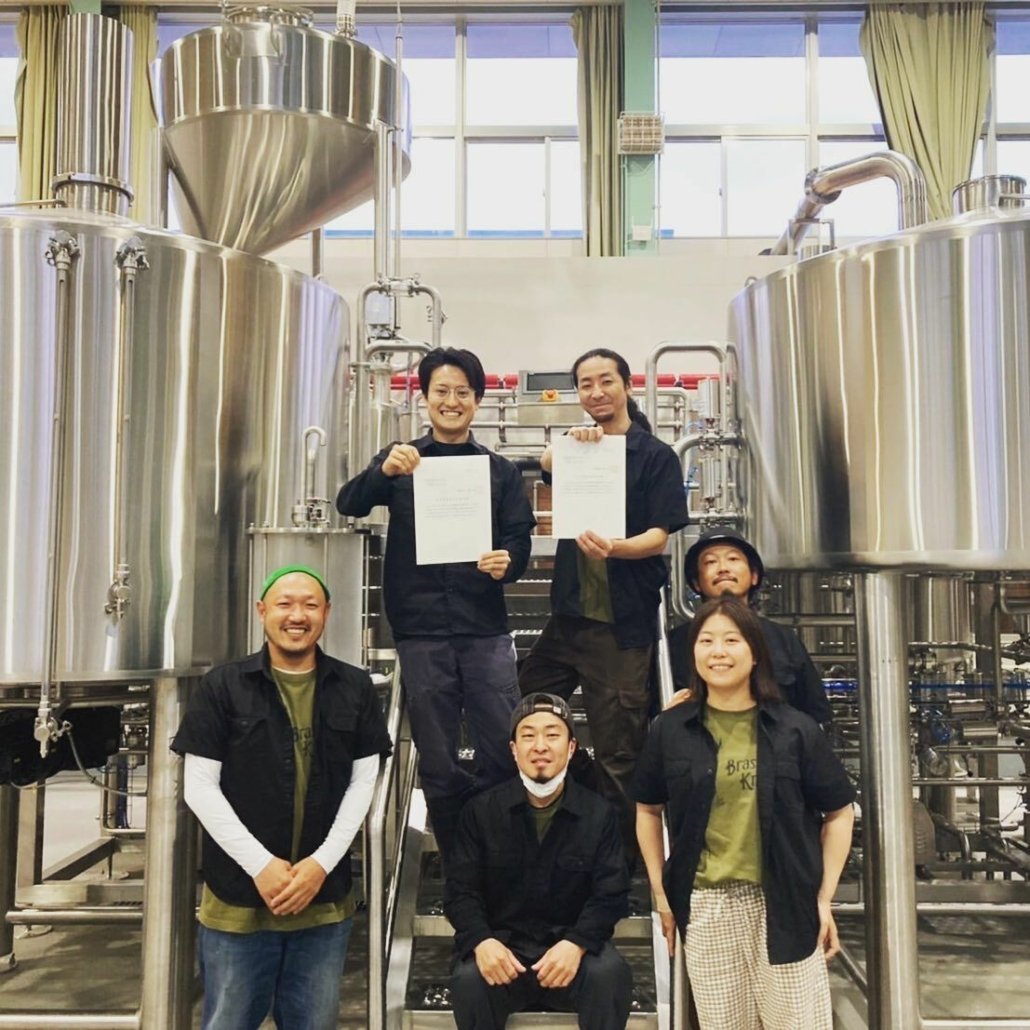
Advantages and Limitations of Steel Conical Fermenters
| Aspect | Advantages | Limitations |
|---|---|---|
| Durability | Resistant to corrosion and dents. | Higher initial cost compared to plastic fermenters. |
| Hygiene | Easy to clean; doesn’t retain odors. | Requires careful maintenance to avoid scratches on the surface. |
| Efficiency | Simplifies processes like yeast collection and sediment separation. | Bulkier than carboys or buckets for homebrewers with limited space. |
FAQs
| Question | Answer |
|---|---|
| How do I clean a steel conical fermenter? | Use a non-abrasive cleaning solution and hot water. Integrated spray balls simplify the process. |
| Can I ferment under pressure? | Yes, many steel conical fermenters are pressure-rated, allowing fermentation under controlled CO2 levels. |
| Are they worth the investment for homebrewers? | Absolutely! Their durability and ease of use make them a great long-term choice. |
| How long do they last? | With proper maintenance, a high-quality steel conical fermenter can last a lifetime. |
Share this entry
Interested in learning more about Brewing Systems including additional details and pricing information? Please use the form below to contact us!
YOLONG BREWERY EQUIPMENT FAQS
- Commercial Brewery / Craft Brewery / Microbrewery / Nanobrewery
- What is The Difference Between Craft Beer and Industrial Beer?
- The Bespoke Differences In Custom Brewing Systems
- Everything You Need to Know About Kettle Souring
- How to Choose Brewing Equipment for Your business?
- How To Choose The-Best Partner To Build Your Commercial Microbrewing System?
- Two Detection Sensors That You Need To Use In Your Brewhouse System
- Remote Control Applications in Brewing Equipment/How does it work?
- How To Clean Your Brand New Brewery Tanks?

